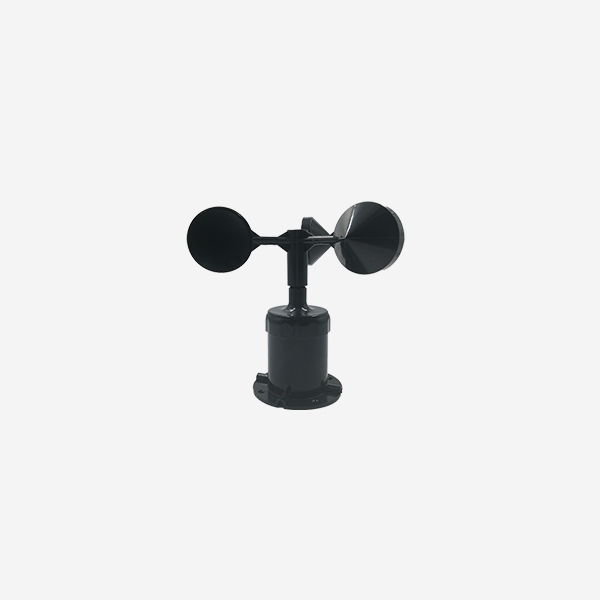Wind direction instrument play a pivotal role in meteorology and various other industries where precise knowledge of wind patterns is essential. These instruments are monitor the direction from which the wind is blowing, providing valuable data for weather forecasting. This article delves into the significance of wind direction instruments, their functionality, applications, and the technological advancements that have enhanced their accuracy and reliability.
Overview of Wind Direction Instrument

A wind direction instrument, also known as a wind vane or wind vane, is a device that determines the direction of the wind. They consist of a directional beacon aligned with the wind, pointing in the direction of the main origin of the wind. The wind vane is connected to the sensor, and the physical movement of the wind vane is converted into an electrical signal by the sensor.
Functionality of Wind Direction Instrument

The functionality of wind direction instruments is aerodynamic principles and the ability of the vane to align itself with the direction of the wind. The most common type of wind direction instrument is the traditional weather vane, typically mounted on a high point such as a rooftop or a tower. Modern wind direction instruments utilize advanced technologies such as ultrasonic sensors, potentiometers, and magnetic encoders to provide accurate and real-time wind direction data.
Applications of Wind Direction Instruments
Weather Forecasting:
Wind direction is a critical parameter for weather forecasting, as it influences the movement of weather systems and the distribution of precipitation. Meteorologists use wind direction data from various locations to analyze and predict changes in weather patterns.
Aviation:
Wind direction instruments are integral to aviation operations, providing pilots with crucial information for takeoffs, landings, and navigation. Knowledge of wind direction helps pilots adjust their flight paths and landing approaches to ensure safe and efficient flights.

Agriculture:
In agriculture, wind direction instruments assess the effect of wind direction on crop growth, pollination, and pesticide application. Farmers rely on wind direction data to make informed decisions about planting, irrigation, and protecting their crops from wind-related damage.
Environmental Monitoring:
We often use wind instruments in environmental monitoring to assess the spread of air pollutants, particulates and odors. Understanding wind direction aids in determining the potential impact of emissions from industrial facilities or other sources.
Technological Advancements and Innovations
The development of wind direction instruments marks a significant technological advance. In some cases, ultrasonic wind sensors replace traditional wind vanes. These modern instruments offer higher accuracy, faster response, and the ability to transmit data wirelessly.

Challenges and Future Developments
Despite the progress in wind direction instrument technology, challenges persist in achieving the highest level of accuracy and reliability. Factors such as sensor calibration, environmental interference, and maintenance requirements can impact the performance of wind direction instruments. The future of the field may involve artificial intelligence to enhance the predictive power of wind direction data.
Conclusion
Wind direction indicator is an indispensable tool to obtain basic data of wind pattern, which has a profound impact on environmental monitoring. Advances in sensor technology and data processing have helped to improve the accuracy of wind direction instruments. As a result, departments can make better decisions. This cutting-edge technology further enhances the capabilities of wind instruments and enhances the role of wind power utilization.
